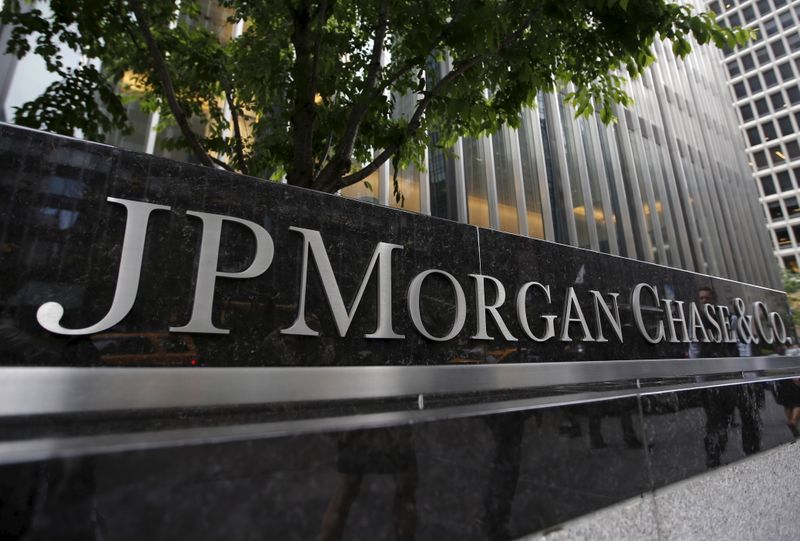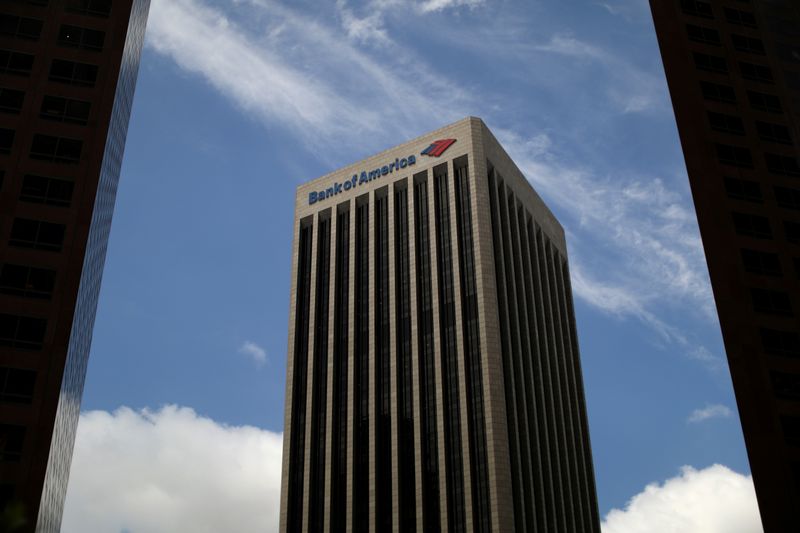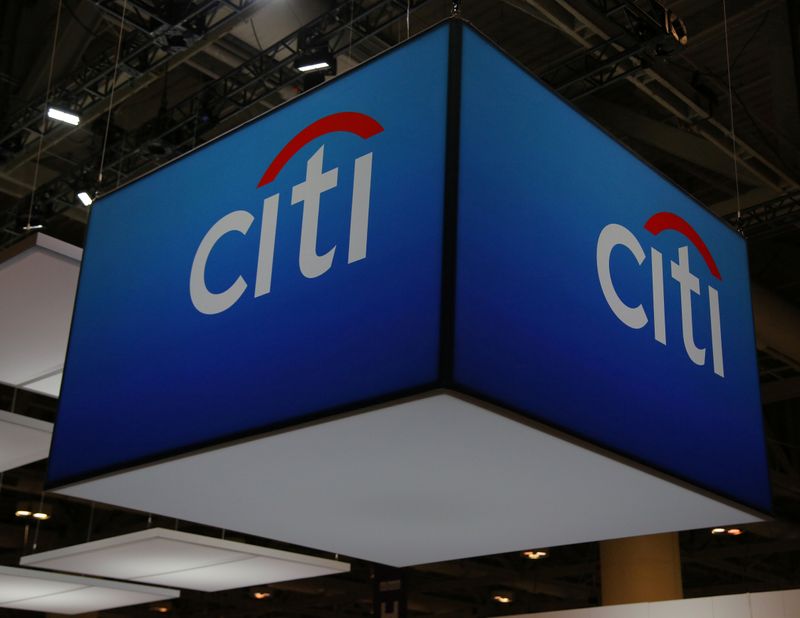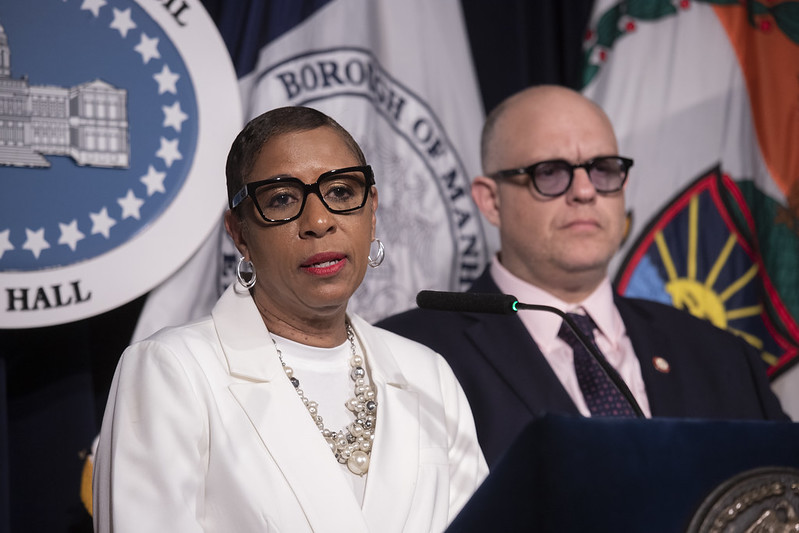NEW YORK (Reuters) – Big U.S. banks made a pretty penny in trading during the first quarter as the coronavirus pandemic caused wild market swings, analysts said, but those gains will likely be overshadowed by declines in other businesses and a bleak outlook for the rest of the year.
Trading revenue could be up from 8% to 20% when the five big Wall Street banks – JPMorgan Chase & Co <JPM.N>, Bank of America Corp <BAC.N>, Citigroup Inc <C.N>, Goldman Sachs Group Inc <GS.N> and Morgan Stanley <MS.N> – report results this week, according to five estimates gathered by Reuters.
A note of caution was sounded by a sixth, Chris Kotowski of Oppenheimer & Co, who penciled in double-digit revenue declines for some banks because “these kinds of markets almost always lead to some trading inventory losses.”
Nonetheless, Kotowski favors banks with heavy exposure to trading, betting they will fare better than those with large lending businesses.
That dark optimism reflects the state of banking today.
Bread-and-butter businesses that take in, lend out, process and manage money for individuals and companies are struggling as the novel coronavirus has infected hundreds of thousands of people in the United States alone, shut down businesses and set the stage for a global recession. (https://tmsnrt.rs/2RqR9sT)
Shifting updates about the novel coronavirus and government responses during the first quarter created volatility that allowed trading businesses to perform well, analysts said.
Stock markets plunged and soared day-to-day in a manner not seen in at least a decade, while bond markets reacted to the U.S. Federal Reserve’s cutting interest rates and pouring trillions of dollars into financial markets to address liquidity issues.
Teams that handle stocks, Treasury bonds and foreign-exchange swaps likely did better than those in corporate credit, where there was severe stress at times, analysts said.
Average daily volumes on Tradeweb Markets Inc <TW.O>, which operates electronic trading platforms for fixed income and equities, were up 39% in the quarter from a year earlier, the company reported.
But activity began dissipating by late March, and few expect it to return as the year goes on.
“Good temporary news for the big banks is trading was really good in 1Q,” Evercore ISI analyst Glenn Schorr said in a recent report.
The last time Wall Street banks experienced this kind of dynamic was the first quarter of 2009. Investors were worried that banks were in serious trouble, only to learn that government stimulus programs had created a trading boon, which held up through most of that year. But coronavirus volatility may turn out to be quite different, analysts said.
Banks have dramatically restructured their trading businesses since then, and bursts of trading activity have become much more fleeting, even when they are extreme. “If we look back to, like, 2Q ’18 when we had that sharp market correction, it took several quarters in a good economy for that trading activity to come back,” Morgan Stanley analyst Betsy Graseck said in an interview. “With this economy it’s going to take a little bit longer.”
(Reporting by Imani Moise and David Henry; Additional reporting by Sumeet Chatterjee; Editing by Lauren Tara LaCapra and Leslie Adler)





















